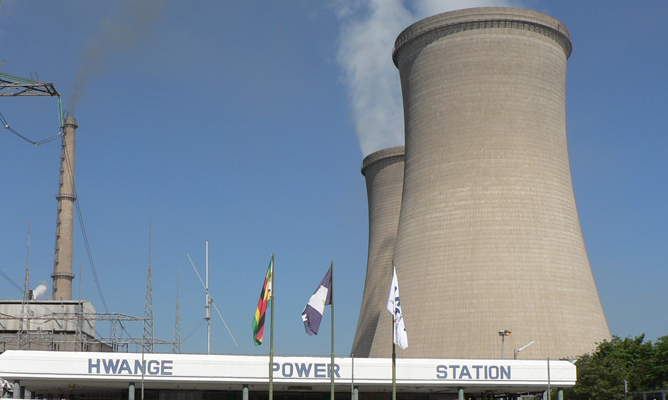
ZIMBABWE requires $864 million to fund infrastructure projects for power generation, Africa Development Bank (AfDB) has said.
By Tarisai Mandizha
The country’s maximum demand for power was 1 950 megawatts (MW), but 1 256MW was being generated, leaving a deficit of 600MW.
AfDB country representative Mateus Magala told delegates last week at the 2015 Buy Zimbabwe Summit in Victoria Falls that Zimbabwe needed $1,242 billion for infrastructure funding in power generation projects alone and to date has $378 million funding, and there was a gap of $864 million which was required.
“Addressing Zimbabwe’s infrastructure challenges will require sustained expenditure of almost $2 billion per year over the next decade, with heavy emphasis on rehabilitation. More than half is needed for the power sector,” Magala said.
“This is the harsh reality of the situation. If the government doesn’t do anything about this the country will always lag behind in development related issues.”
The Zimbabwe Power Company (ZPC) recently announced that it would soon embark on a $570 million solar project to mitigate the crippling power shortages in the country.
The project is set to be implemented in Gwanda, Plumtree and Munyati.
- Chamisa under fire over US$120K donation
- Mavhunga puts DeMbare into Chibuku quarterfinals
- Pension funds bet on Cabora Bassa oilfields
- Councils defy govt fire tender directive
Keep Reading
The solar initiative is part of the $5 billion project expected to generate a total of 3 500MW over a period of five to six years.

Magala said Zimbabwe should at least spend $2 billion a year in infrastructure development until 2020 to be able to attract more investment and the bulk of it should be channelled towards power.
“The infrastructure gap is huge and innovative, and bold approaches will be required. I know Zimbabwe is going through a difficult time, but we have to be very innovative,” he said.
In the first quarter of 2015, Kariba Power Station was generating 51% of the power output, Hwange (30%), small thermals (6%) and 13% was coming from imports.
Feasibility studies and engineering procurement and construction services have been ongoing to make sure the project comes out well. It is expected to start at the end of the adjudication process.
ZPC is working on the expansion works at Hwange and Kariba power stations, which is expected to add 900MW to the national grid.
Kariba South extension will involve construction of two units of 150MW each at a total cost of $355 million. Hwange Power Station extension will see the construction of two units of 300MW each at a total cost of $1,5 billion.











